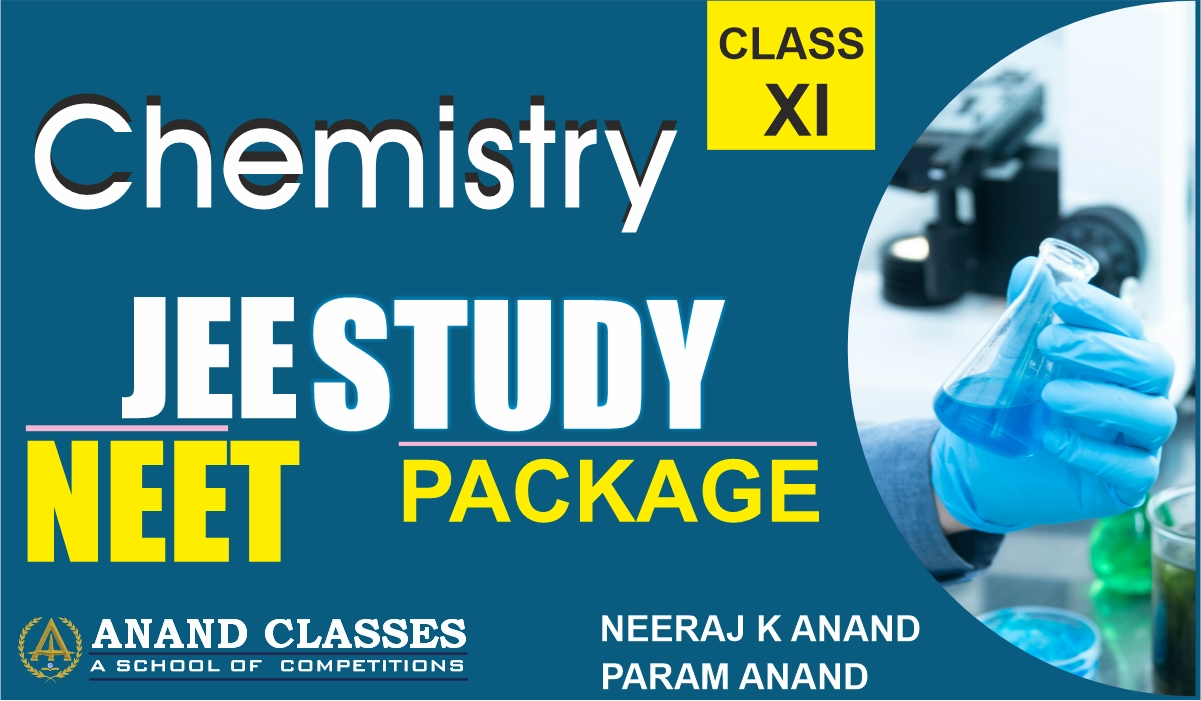Acid Strength-Factors Affecting Acid Strength, Order, Chart, Trends

You are already aware of the term acids. You have learned about the physical and chemical properties of acids. Some ...
Read moreDi and Polybasic Acids and Bases – Definition, Ionisation, Basicity, Acidity

What are Polybasic Acids? Acids capable of yielding more than one hydronium ion per molecule are called polybasic acids, the ...
Read moreElectrolyte – Definition, List of Electrolytes and Examples with FAQs

What are Electrolytes? An electrolyte is a substance that dissociates in water into charged particles called ions. Positively charged ions ...
Read moreIonization of Acid And Bases – Arrhenius Concept of Acid And Base Ionisation, Ionisation Constant, Examples And FAQS

What is Ionization? Ionization of a compound refers to a process in which a neutral molecule splits into charged ions ...
Read moreIonic Equilibrium – Ostwald Dilution Law, Degree of Dissociation, Ionization

In ionic equilibrium, the ionic substance dissociates into its ions in polar solvents. The ions formed are always in equilibrium ...
Read moreSolubility Equilibria-Solubility Product Constant-Class 11 Ionic Equilibrium Notes

The word “solubility product” refers to inexpensively soluble salts. It is the greatest product of the molar concentration of the ...
Read moreAcid Base Buffer Solution-Definition, Types, Formula, Examples, and FAQs

Buffer Solution is a special aqueous solution that resists the change in its pH when some quantity of acid and ...
Read moreIonization of Acids and Bases-Arrhenius Acid Base Theory

Ionization of a compound in Chemistry is the process by which neutral molecules are divided into charged ions in a ...
Read moreAcids, Bases, and Salts – Definition, Types, Properties, and Uses

Acids, Bases, and Salts Acids, Bases, and Salts are the main chemical compounds that exist in our surroundings. Acids, Bases, ...
Read moreIonic Equilibrium-Ostwald’s Dilution Law: Degree of Dissociation

Reactants and products coexist in equilibrium, therefore reactant conversion to product is never greater than 100%. Equilibrium reactions may entail ...
Read more

